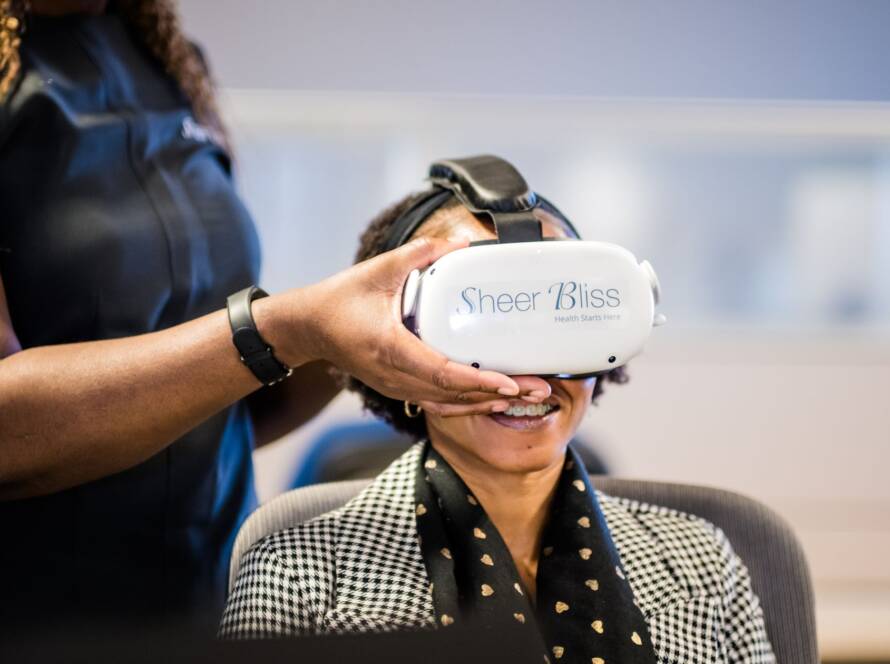[vc_row][vc_column][vc_column_text]There was a certain novelty of having everyone working from home through the pandemic. For some, this was and is still preferred while for others, it brings on a sense of cabin fever! The feedback is generally mixed when people are asked about returning to the office, but in many cases, the preferred option is to work from home. If anything, the pandemic has shown us that work can be done remotely. People are able to juggle work and home life with a fair amount of success, and for the most part, they like it (except for the extroverts!).
Getting people to come to the office might be a challenge. With fuel prices constantly going up, people would rather save on transport and work from home. Working from home however comes with its own set of challenges. Load shedding schedules can have a massive impact on productivity if staff do not have alternative power, and bonding as a team is not the same when staff are not in person together.
In this video Simon Sinek shares his opinion on building trust with people through incidental interactions, and what the future of remote work could look like. This sounds about right to us, this period has shown us that productivity is not based on the number of hours spent at the office, but rather on the completion of work and the time it took to get it done.
Onboarding staff is tough at the best of times, but even more so in a remote situation. We don’t build solid relationships with people when we are not engaging with them regularly in person. Without having the opportunity to make new office friends and ask questions that are not included in your onboarding welcome pack, learning the ropes in a new office is a huge challenge.
How then do we get staff to return to the office? In this guide we will discuss a few suggestions that may nudge your team in this direction.
Flexibility or Hybrid Working
Autonomy can go a long way to bringing staff back to work. Some companies are implementing a half remote, half in office model. The full team might be in on Tuesdays & Thursdays, or particular departments might be on their own rotation.
It is important to let people know why you want them to return. When staff collaborate they learn from each other, and connect in a way that builds trust. Trust and understanding between colleagues is critical for any kind of crisis management, and idea creation is sparked when people work together in person. On a video call, it is rude to interrupt or chime in and a good idea could be lost.
Allowing staff to express their concerns regarding returning to the office gives great insight into how to solve these concerns, and helps the team feel safe in the office environment. Giving staff the flexibility to take time for personal errands gives them a sense of freedom, and in turn nurtures a culture of commitment to the company with a sense of responsibility to get work done within deadlines.
Efficiency
The downside to working from home can be that people do not switch off. Committing to complete all work during office hours gives staff the chance to stop working when they leave the office and return to normal life again. The office has a bad name for being “an interruption factory”, but the benefit of walking over to a teammate and asking a quick question rather than having to make a phone call or waiting for a response to an email, can in fact facilitate productivity. It could also be argued that there are more distractions at home with children and pets or deliveries.
Mentorship and Training Opportunities
The knowledge and experience gained from interacting with and learning from colleagues cannot be underestimated. When a more senior staff member is mentoring a junior staff member they are accountable to make time with that person which is far easier at the office.
Offer Perks
There are many ways to entice people into the office with perks. By rotating various perks so that there is a different one every week you will soon find out what the most effective choice is.
- Free lunch – an all-time favourite. Some offices, like Google for example, have canteens or free food generally. When people eat together it sub-consciously builds trust; the age-old adage of breaking bread together still holds water today.
- Massages – our personal best! Massages have so many health benefits including increased circulation, boosting the immune system, and draining toxins from the body. Our MEED Massage with virtual reality takes this a step further by creating a “virtual vacation” at your desk. Staff can escape for a few minutes and forget about the worries of the day which can actually bring new ideas to the front of the mind. They wear a VR headset and are transported to a beach location for a quick dose of R&R, while enjoying a massage from one of our qualified therapists. People have been deprived of physical contact, and nothing can compare with the human touch when it comes to comfort and the relief of stress.
- Surprise gifts – a surprise, no matter how small, be it a cupcake, a coffee, or a movie ticket can have incredible results and lift anyone’s mood!
- Yoga or exercise – if you want to encourage health in the workplace, there is no better way than offering a form of exercise that people can do in a group. They will be commiserating over sore muscles together for a few days afterward, and as a side benefit healthy staff means fewer sick days taken.
We are thrilled to hear that people are returning to work and we can’t wait to visit with our clients in person. A lot has changed over the last two years but there is a lot that is still the same, nothing more so than that your staff are your greatest asset, so take care of them.
[/vc_column_text][/vc_column][/vc_row]


